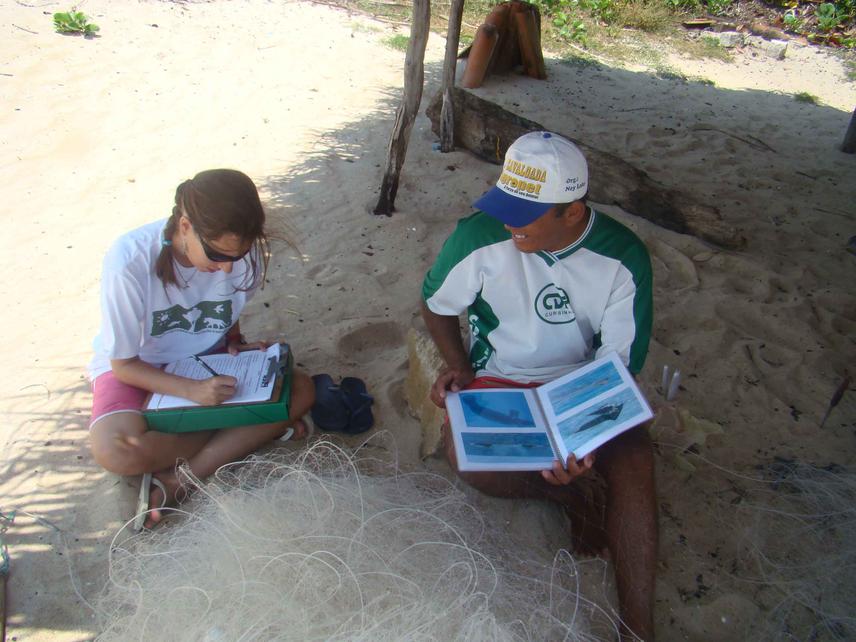Ana Carolina Meirelles
Other projects
15 Oct 2012
Ecology and Conservation of the Antillean Manatee (Trichechus manatus manatus) on Timonha and Ubatuba Estuary
The objective of this project is to determine the Antillean manatee distribution, critical habitats and human impacts in Ceará and Rio Grande do Norte States through interviews in fishing communities and direct observations.

The Antillean manatee, Trichechus manatus manatus is the most endangered marine mammal in Brazil, with an estimated overall population of less than 500 individuals in the whole Brazilian coast. The species is classified as “Critically Endangered – CR” in the official Brazilian List of Threatened Species, and the subspecies was recently considered “Endangered” by the IUCN Red List (2008). In NE Brazil, the bordering area between the States of Ceará and Rio Grande do Norte corresponds to one of the most critical areas for manatee conservation, since it holds the national record of calf strandings, representing the most significant population loss in the country. Studies indicate that estuaries degradation and the linear coastline of Ceará and Rio Grande do Norte could be the factors related to these strandings, since pregnant females are not having access to calm areas to give birth. Shrimp farming has boomed in NE Brazil since 1998, particularly in those states, where estuarine and mangrove areas have been greatly degraded.
To determine the manatee distribution, coastal fishing communities along the east coast of Ceará and west coast of Rio Grande do Norte will be visited in 10 fieldtrips (covering about 190mi), in order to conduct direct observations and interviews. The fieldwork will be conducted by two researchers using a questionnaire, which consists of questions about the community and the person’s knowledge on manatee. Besides conducting the research, the team will identify community members to become volunteers that will receive an educational folder containing information about protective laws, manatee life history and biology and how to act in case of strandings, especially of calves. According to the survey results, the field team will make direct observations in selected areas to determine the presence and availability of food (sea grass, algal beds and mangroves) and freshwater resources (underwater springs). These will be performed by exploratory snorkelling dives. The inner and outer boundaries of the subaquatic flora in shallow waters (5-6 meters depth) will be plotted to determine the total coverage area of the potential food supplies. Location of potential water supplies (underwater freshwater springs) and reproductive and nursery areas will also be determined with the help of local knowledge.
The information obtained in this project will improve national manatee conservation strategy, specifically by increasing the knowledge on manatee population status and the major threats to the species.